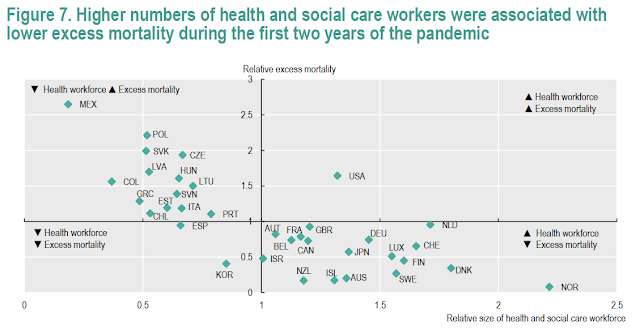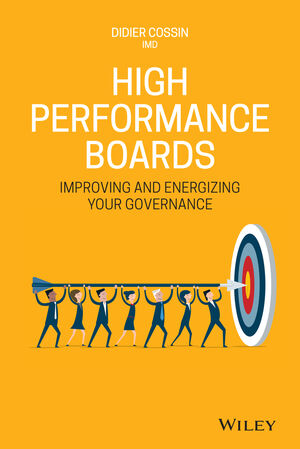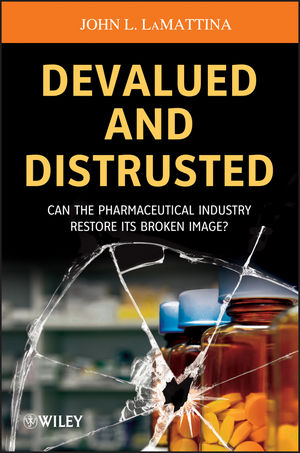In the balance. Lessons for changing the mix of professions in NHS services
Els de Nuffield han presentat un informe sobre els canvis en les competències dels professionals de la salut. Una reflexió oportuna que per aquí a prop la tenim pendent de fa molt de temps. Tal com ho tenim, jo diria que està blindat. Resulta que les competències en la formació de residents les ha delegat el govern per llei i decret (troncalitat) en la comissió nacional d'especialitats corresponent. I el criteri corporatiu dicta que entre elles no es faran mal. Evidentment mai decidiran res que pugui suposar un canvi o modificació de la situació. O es reforma la regulació de la delegació o no hi haurà redefinició de competències. Així és tal com ho veig, o es fa un pacte conjunt per la formació de professionals o cada comissió defensarà el seu territori i no hi haurà millores. O es modifica la llei d'ordenació de les professions sanitàries i el decret de troncalitat o serem incapaços d'aprofitar talent i tecnologia. Ve resumit amb IA.
L'informe "In the Balance: Lessons for changing the mix of professions in NHS services", encarregat per NHS Employers i realitzat pel Nuffield Trust, explora els canvis en les professions dins del National Health Service (NHS) i l'equilibri entre elles. L'informe analitza iniciatives passades per remodelar la força laboral del NHS, extreient lliçons consistents que podrien ser útils avui dia, tot reconeixent que cada iniciativa té els seus propis desafiaments i oportunitats.
Punts Clau de l'Informe:
- Context Històric: La composició de les professions dins del NHS ha estat en constant evolució des de la seva creació el 1948. El NHS d'Anglaterra ha experimentat canvis més grans en l'equilibri de professions que altres serveis de salut internacionals.
- Multidisciplinarietat: L'informe destaca la importància del treball en equip i la prestació multidisciplinària de serveis d'atenció mèdica. Hi ha al voltant de 340 títols de rols diferents utilitzats en els registres de personal en hospitals i centres comunitaris.
- Impulsors del Canvi: Els factors que impulsen la introducció de nous rols inclouen l'escassetat de personal, la millora de la qualitat de l'atenció, l'ús eficaç del temps dels clínics i la resposta als canvis en la demanda dels pacients. La pressió nacional o "de dalt a baix", com ara les iniciatives "dirigides per polítiques", també és un factor important.
- Lliçons Clau:
- Disseny i Planificació: El disseny acurat de nous rols és essencial, incloent la integració en plans de força laboral més amplis i el redisseny de les vies dels pacients. Cal una comprensió detallada de les habilitats, el coneixement i l'àmbit de pràctica del personal existent i del nou personal.
- Educació i Formació: La formació ha de preparar adequadament els participants per a les tasques que s'espera que realitzin. L'augment de places en escoles de medicina i infermeria pot ser necessari per garantir un subministrament sostenible de personal.
- Supervisió i Integració: La supervisió, la gestió i la formació contínues són crucials per a la implementació i el desenvolupament de nous rols.
- Regulació: La regulació dels professionals de la salut té com a objectiu protegir el públic del risc de danys i promoure els estàndards professionals.
- Conscienciació Pública: La conscienciació i la comprensió pública dels nous rols són importants per a la seva integració, així com el consentiment informat del pacient.
- Suport Financer: El suport financer centralitzat pot ser un impulsor per a l'expansió de nous rols, però pot distorsionar les decisions locals.
- Acceptació Professional: La integració de nous rols amb altres professions i el treball en equip eficaç són elements clau.
- Progressió, Benestar i Retenció: La claredat en la progressió professional és una consideració important per garantir un canvi eficaç i sostenible.
- Recomanacions: L'informe proporciona recomanacions sobre com els organismes regionals i nacionals poden donar suport a la capacitat de desenvolupament organitzatiu de primera línia, augmentar la conscienciació pública i generar realisme al voltant de la capacitat educativa, la regulació i el suport financer.
- Limitacions: L'informe reconeix les limitacions del seu abast, incloent la necessitat de més investigació sobre l'impacte de les diferents combinacions de personal en els resultats dels pacients.
En resum, l'informe destaca la complexitat de remodelar la força laboral del NHS i la importància d'una planificació acurada, la inversió en educació i formació, i la necessitat d'abordar els desafiaments relacionats amb la supervisió, la regulació i l'acceptació per part d'altres professions. L'èxit de la integració de nous rols depèn d'un enfocament tripartit entre gestors de serveis, professionals i educadors.
























